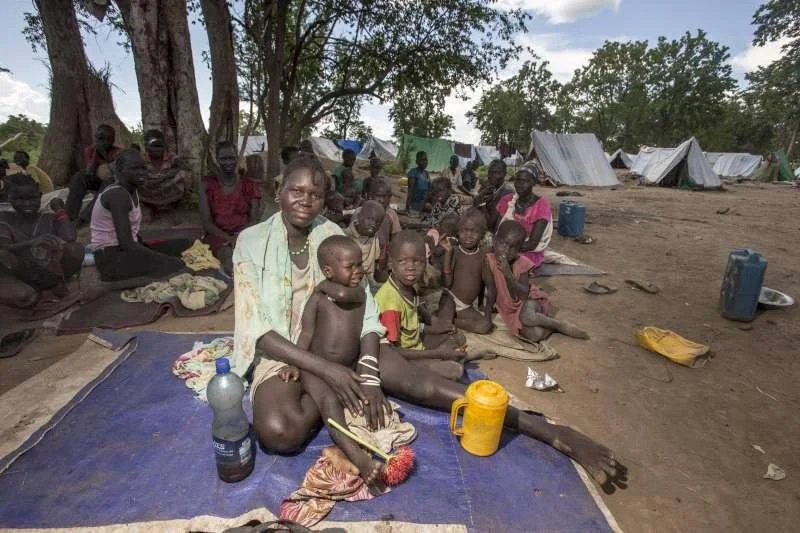Women in refugee camps
Maria Obraztsova Z. - 20/04/2024
East and Horn of Africa: Most migrants female. Mingkaman, South Sudan | Photo: EPA/Kaste Holt/UNICEF
Women and girls in refugee camps are also vulnerable to human trafficking, as criminal networks take advantage of their desperate situation to lure them into exploitation and forced labor. This is especially true for unaccompanied minors and women who are separated from their families. Despite these challenges, many women in the refugee camps demonstrate resilience and courage, and work hard to support their families and rebuild their lives. NGOs and humanitarian organizations work to provide assistance and support to these women, including access to healthcare, education, and legal aid.
It is important to raise awareness about the plight of women and girls in refugee camps and advocate for their rights and safety. Governments and international organizations must take action to address the root causes of displacement and provide adequate support for those who are forced to flee their homes.
The situation of African women who try to escape from the conflict, poverty, and violence in their home countries and end up trapped in the refugee camps of Ceuta and Melilla is a heartbreaking reality. Many of these women have experienced trauma, including sexual violence and exploitation, both in their home countries and during their journey to reach the border.
Once they arrive at the camps, the women face a variety of challenges, including overcrowding, poor living conditions, lack of basic necessities, and limited access to healthcare and education. Additionally, they may face discrimination and violence from other refugees, including sexual assault and exploitation by male refugees and camp authorities.
Ethiopia hosts more than 600,000 refugees. © UNHCR/P.Wigg

